Performance Drone Works (PDW), a small Huntsville-based company, has clinched a significant contract with the U.S. Army to supply its C-100 multi-mission drone for the Company Level Small UAS requirement. This achievement is particularly noteworthy as PDW managed to outmaneuver larger, more established competitors like General Dynamics, marking a David versus Goliath moment in the defense industry.
Air Force in a Rucksack: The C-100’s Innovative Design
The C-100 drone embodies the concept of an “Air Force in a rucksack,” a phrase that perfectly encapsulates its design philosophy.
PDW CEO Ryan Gury explains, “The C-100 was designed backwards from a rucksack.”
This approach ensures that the drone delivers maximum capability while remaining easily portable for individual soldiers. The result is a quadcopter with folding rotors that packs a serious punch despite its compact form factor.
What sets the C-100 apart is its impressive set of capabilities. It boasts a substantial 10-pound payload capacity, allowing it to carry a wide range of equipment and munitions. Coupled with its extended flight time of up to 74 minutes, this drone offers unprecedented endurance for its size class. These features combine to create a versatile platform that can adapt to a variety of mission profiles, giving infantry units a level of air support previously unheard of at the company level.

The Swiss Army Knife of Drones: Versatility in Action
The C-100’s true strength lies in its multi-mission versatility. It’s designed to perform a wide array of tasks, effectively serving as a Swiss Army knife for modern infantry units. In the realm of intelligence, surveillance, and reconnaissance (ISR), the drone can carry advanced sensors and cameras with powerful zoom capabilities, allowing soldiers to spot targets from miles away. This long-range reconnaissance ability significantly enhances situational awareness for ground troops.
But the C-100’s utility doesn’t stop there. It’s equally adept at artillery fire adjustment, a crucial task in modern warfare. By providing real-time feedback on artillery strikes, the drone can help increase the accuracy and effectiveness of indirect fire support. Furthermore, its ability to carry laser target designators opens up new possibilities for precision-guided munitions, allowing infantry units to call in air strikes or guided artillery with pinpoint accuracy.
In a more support-oriented role, the C-100 can serve as a vital lifeline for troops in the field. Its payload capacity allows it to rapidly deliver critical supplies such as medical equipment, ammunition, batteries, food, and water to remote outposts or units cut off from traditional supply lines. This capability could prove invaluable in maintaining the combat effectiveness of forward-deployed units.
Perhaps most intriguingly, the C-100 can also serve as a “flying aircraft carrier” for smaller drones. This concept, which sounds like something out of science fiction, allows the C-100 to transport and deploy one or two smaller FPV (First Person View) attack or scout drones. By acting as a mothership and radio relay, the C-100 can dramatically extend the range of these smaller drones, potentially quadrupling their effective reach to over 50 kilometers.
Gury summarizes the transformative potential of the C-100, stating, “A single unit can now supply its own air support.” This capability represents a significant shift in small-unit tactics, potentially giving company-level forces the kind of air support that was previously only available to much larger formations.

Countering the Electronic Threat: Resilience in Contested Environments
In the modern battlefield, electronic warfare poses a significant threat to drone operations. Recognizing this challenge, PDW has developed the Blackwave resilient digital link. This advanced radio system is designed from the ground up to operate in heavily jammed environments, ensuring that the C-100 can maintain communication with its operators even in the face of intense electronic interference.
Gury proudly asserts, “Blackwave is the first radio of its kind to get small robotics through contested environments.”
This capability is crucial, as it allows the C-100 to operate effectively in scenarios where enemy forces are actively trying to disable or disrupt unmanned systems.
Additionally, PDW is tackling the challenge of navigation in GPS-denied environments. The company is developing a sophisticated visual navigation system that can operate at low altitudes of 50 to 100 meters. This system matches images of the terrain with stored maps to determine the drone’s precise location, providing GPS-level accuracy even when satellite signals are unavailable or jammed.
A New Paradigm: The Era of Consumable Drones
PDW’s approach with the C-100 represents a shift in thinking about military drones. Rather than producing expensive, boutique models that are too precious to risk in combat, PDW aims to provide low-cost, “consumable” drones at scale. This philosophy aligns closely with the lessons learned from recent conflicts, where the ubiquity and expendability of drones have proven to be key factors in their effectiveness.
While U.S. military requirements mean that these drones will never be as inexpensive as consumer models or improvised drones used in some conflicts, Gury argues that they should be far more affordable than the current generation of military drones. This approach could allow for more widespread deployment and a greater willingness to use drones in high-risk situations, potentially leading to increased operational flexibility and reduced risk to human personnel.
DroneXL’s Take
The C-100 represents a significant leap forward in drone technology for infantry units. Its multi-role capabilities and focus on portability could revolutionize small-unit tactics, providing company-level forces with unprecedented air support and reconnaissance capabilities. The drone’s ability to operate in contested electromagnetic environments and its potential for autonomous operation align with the broader trends we’re seeing in military drone development.
Recent DroneXL coverage of advancements in drone AI and autonomy suggests that future iterations of systems like the C-100 could become even more capable and independent operators on the battlefield. As these technologies mature, we may see drones like the C-100 taking on even more complex missions, further blurring the lines between manned and unmanned systems in military operations.
The success of the C-100 in the Army’s Company Level Small UAS program could signal a broader shift in how military forces approach unmanned systems. If PDW’s vision of affordable, consumable drones proves effective, it could lead to a proliferation of these systems across various branches and units, potentially reshaping military doctrine and tactics in the coming years.
What are your thoughts on the C-100 and its potential impact on infantry operations? Do you think this type of multi-role, portable drone will become a standard part of infantry equipment in the near future? Share your perspectives in the comments section below.
Photos courtesy of Performance Drone Works.
Discover more from DroneXL.co
Subscribe to get the latest posts sent to your email.






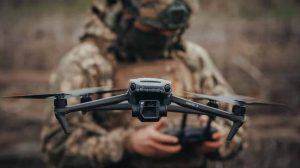

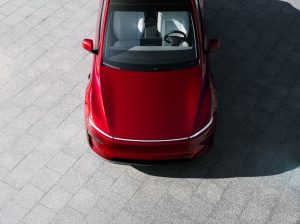
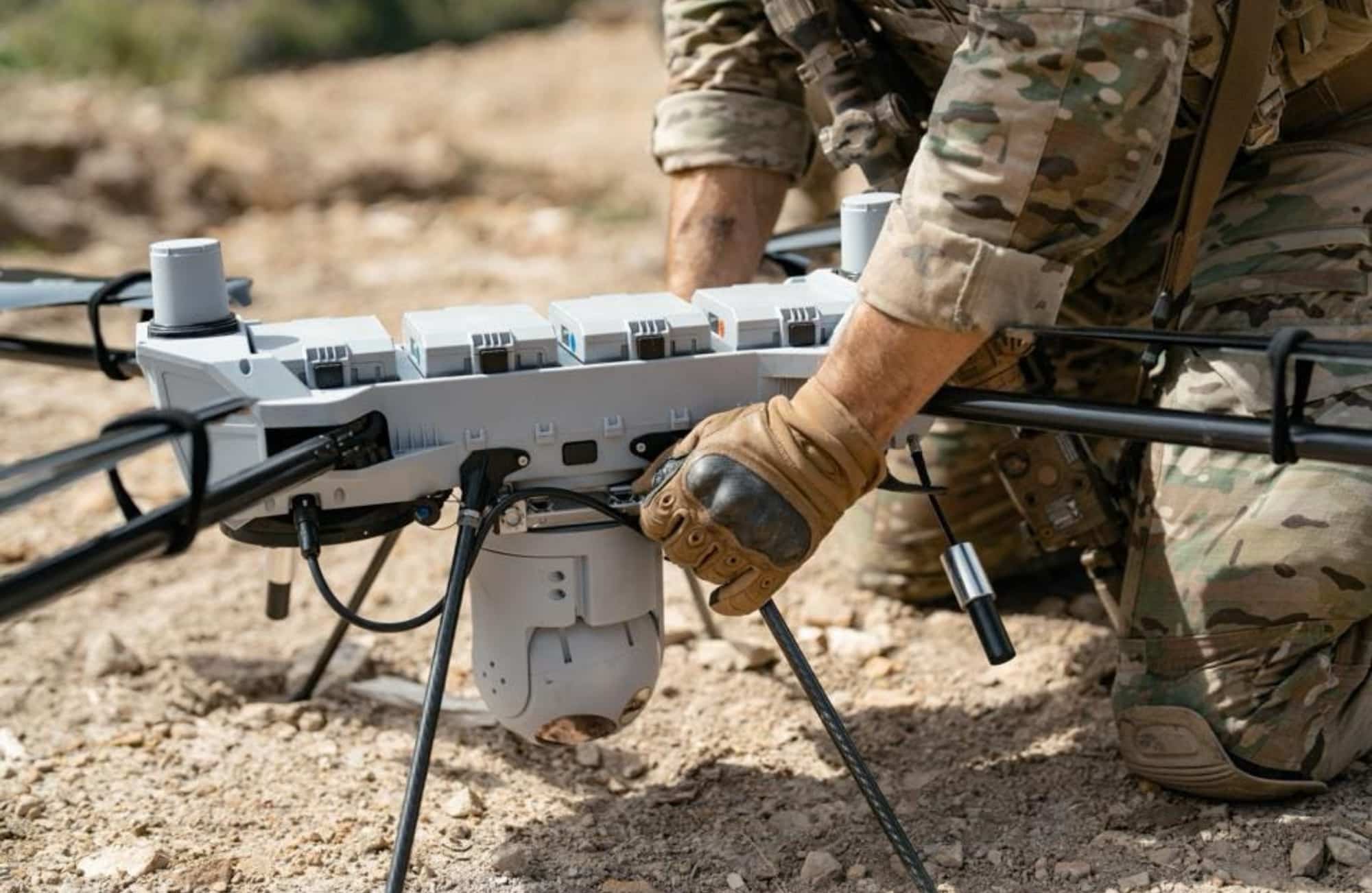
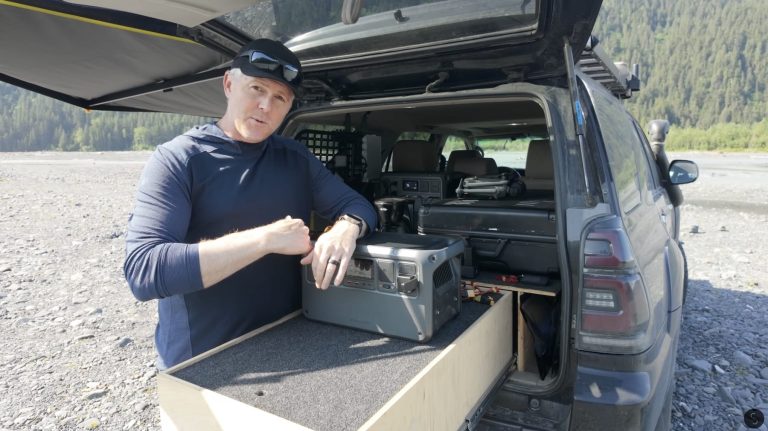

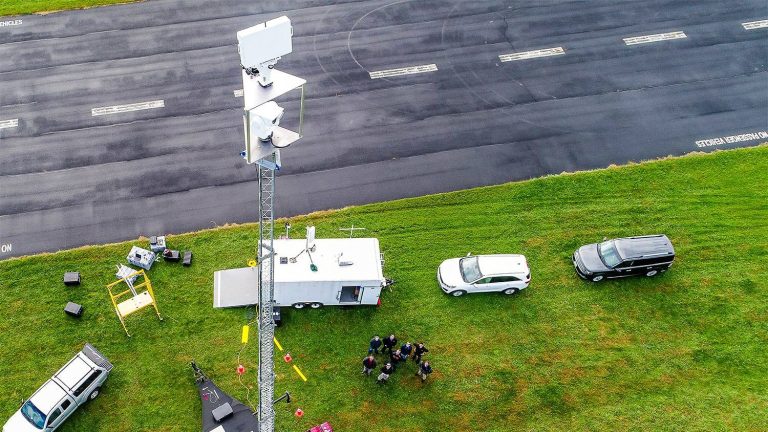
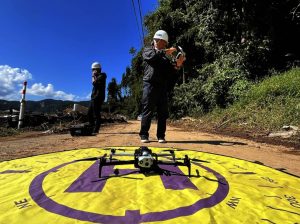
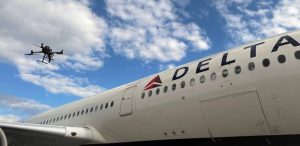

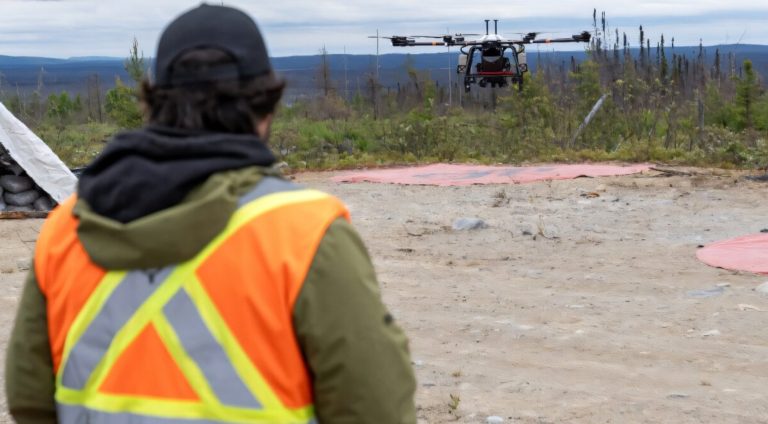

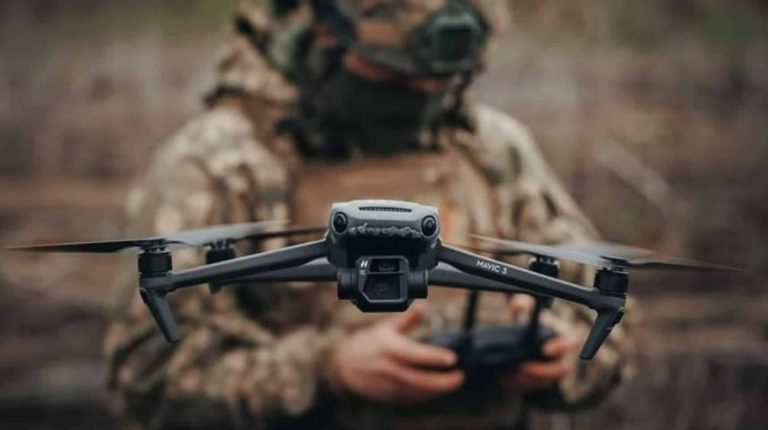

+ There are no comments
Add yours